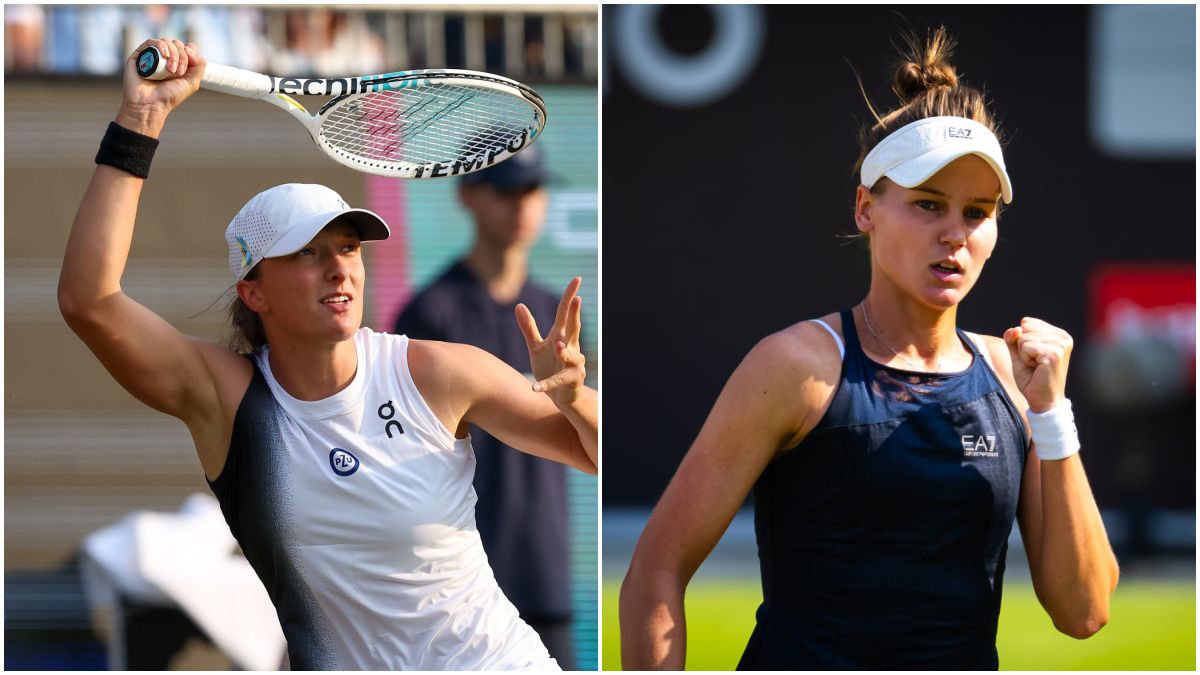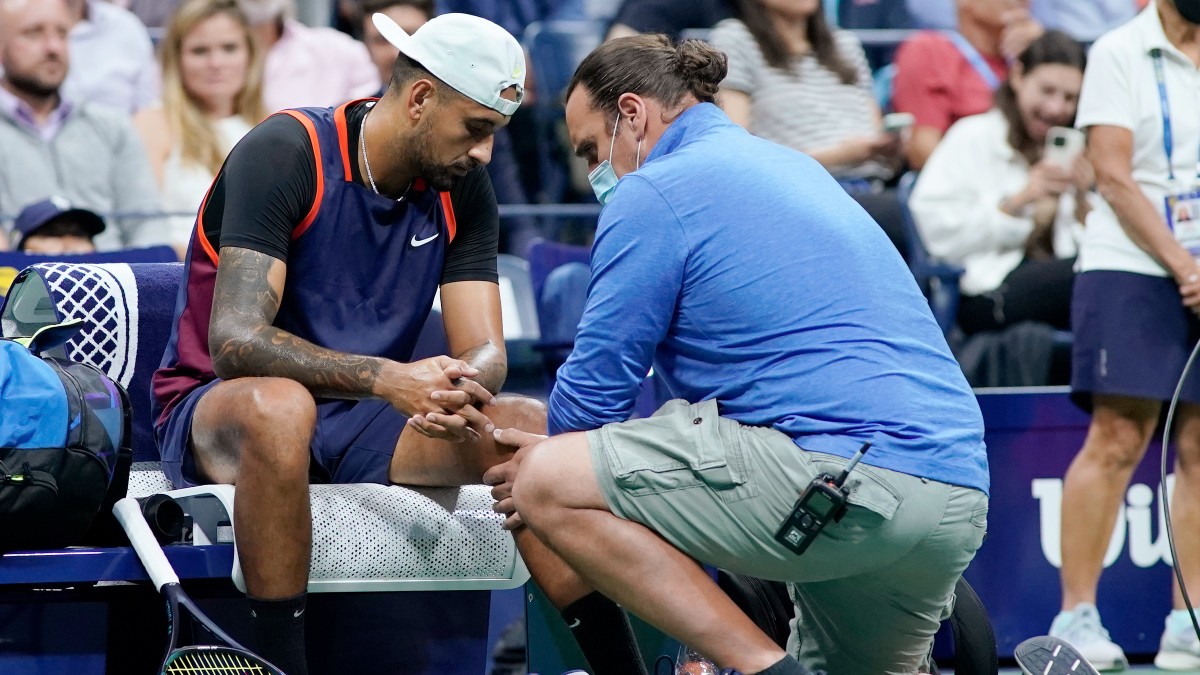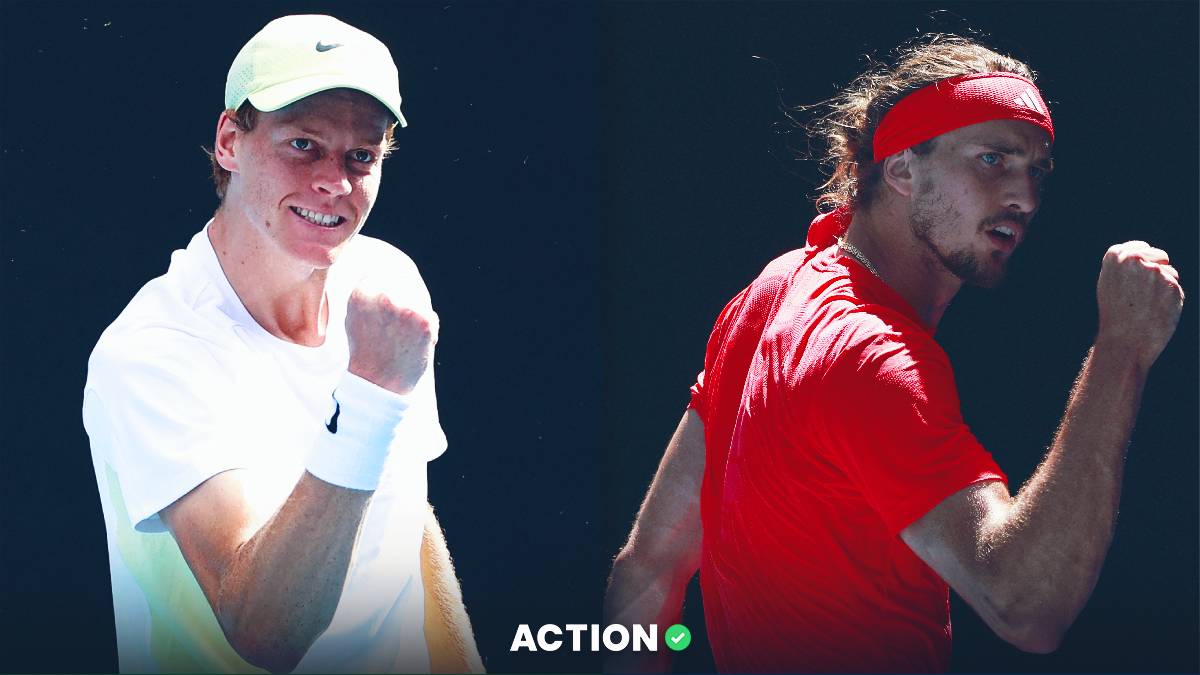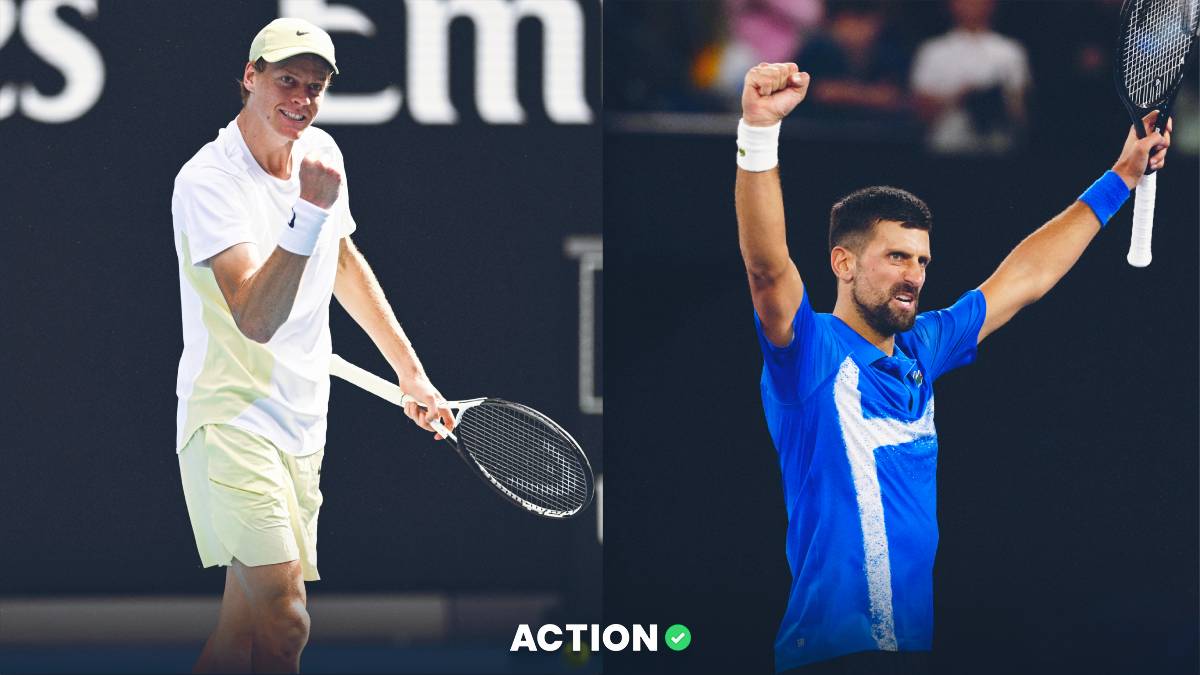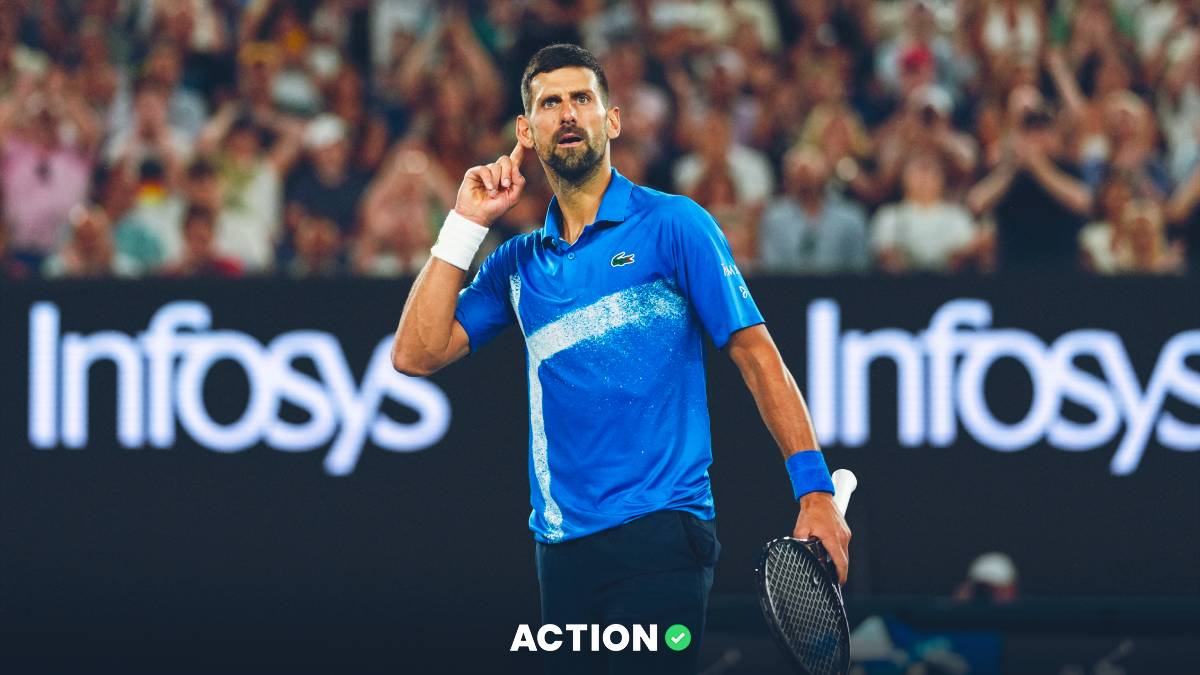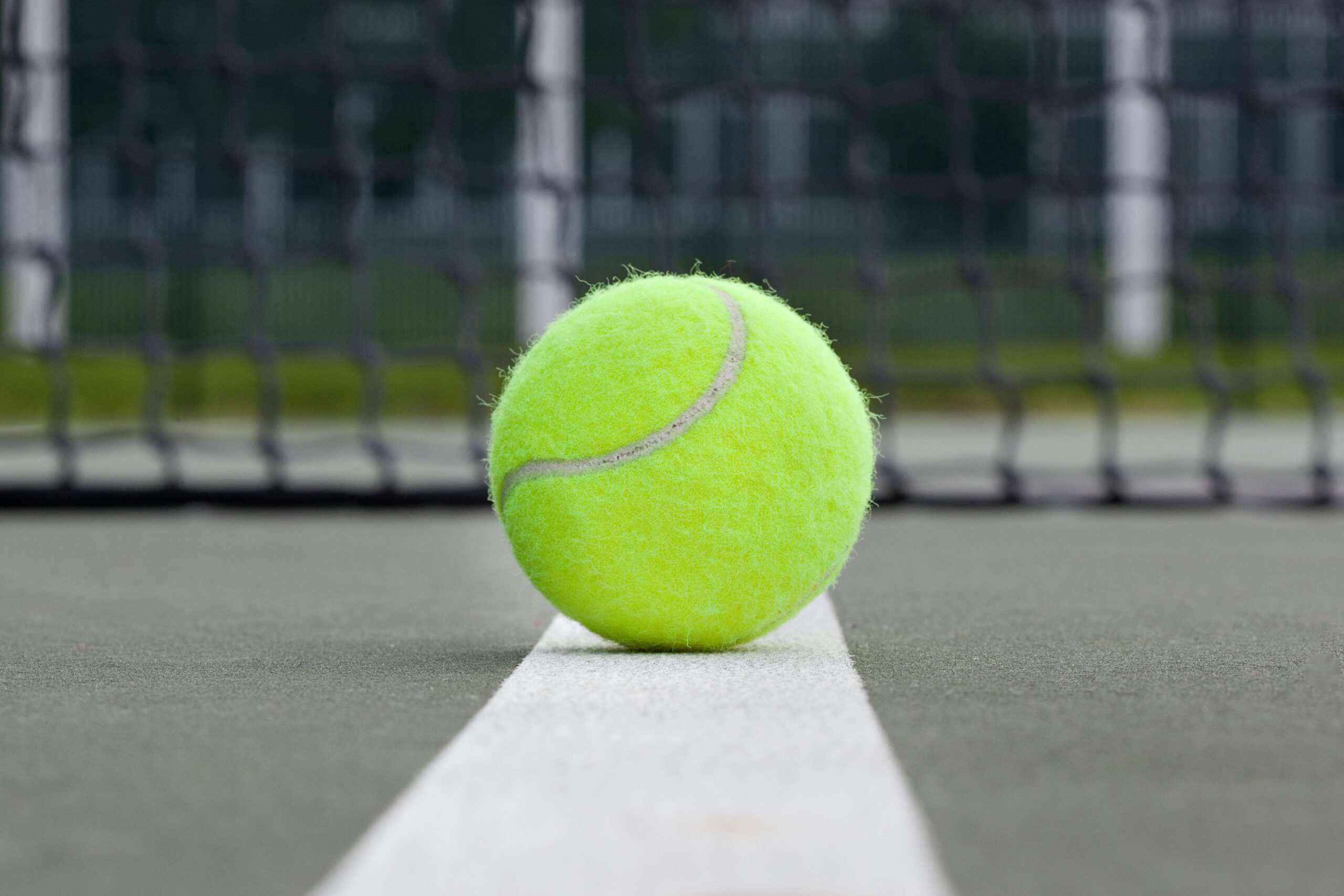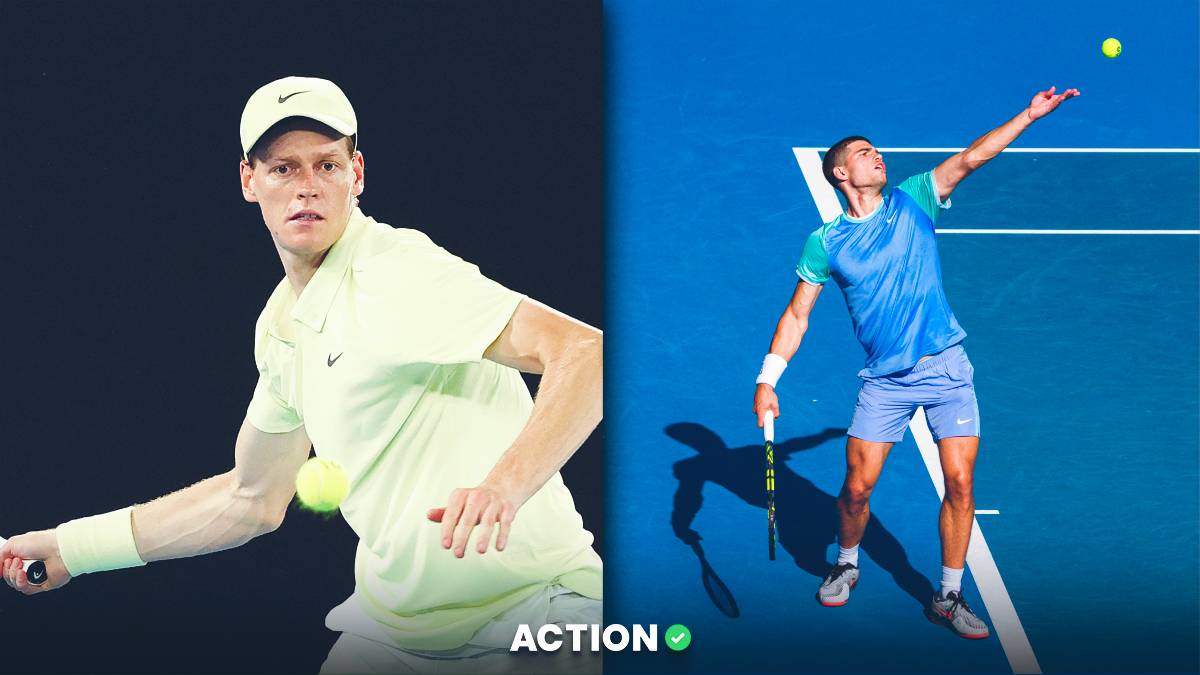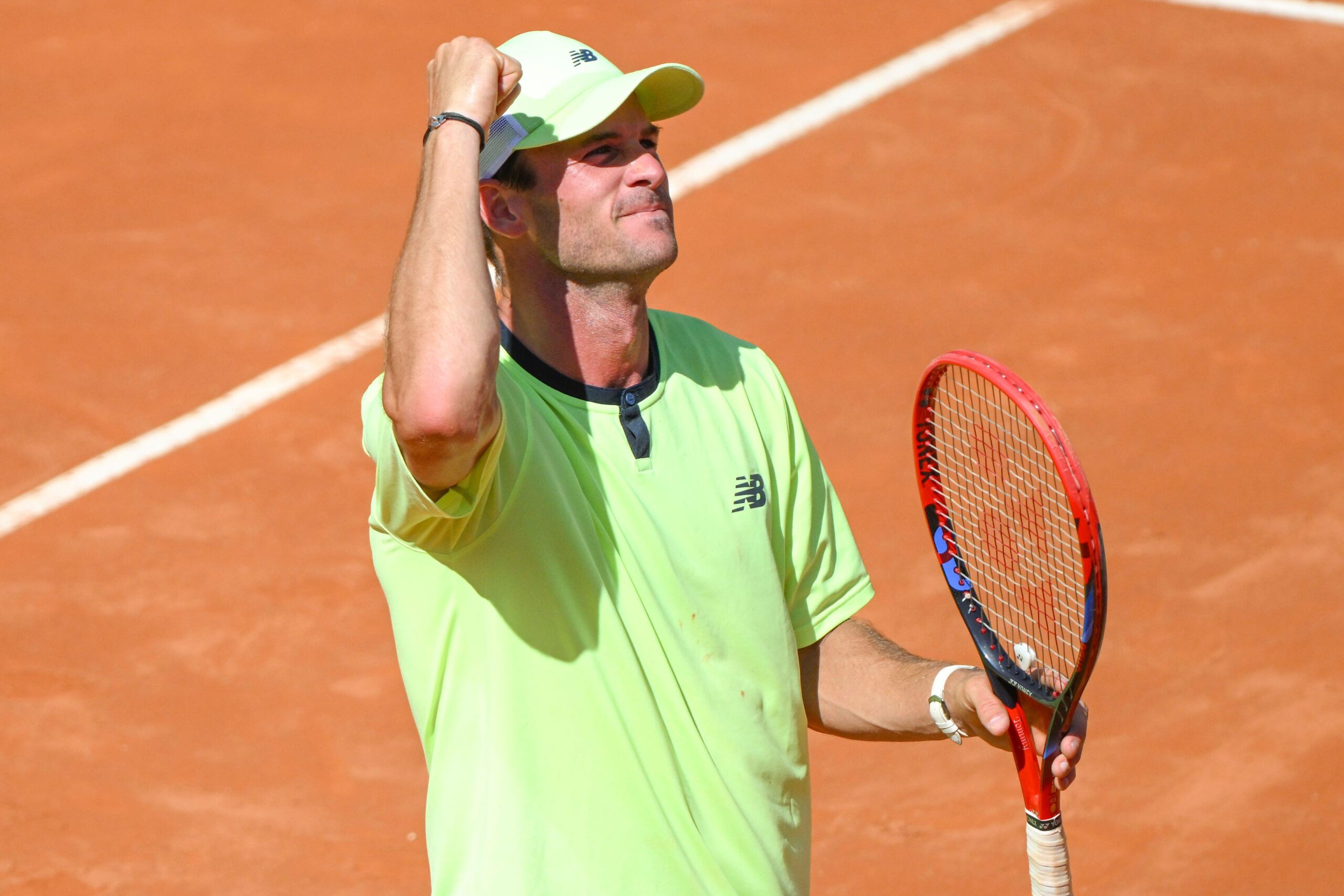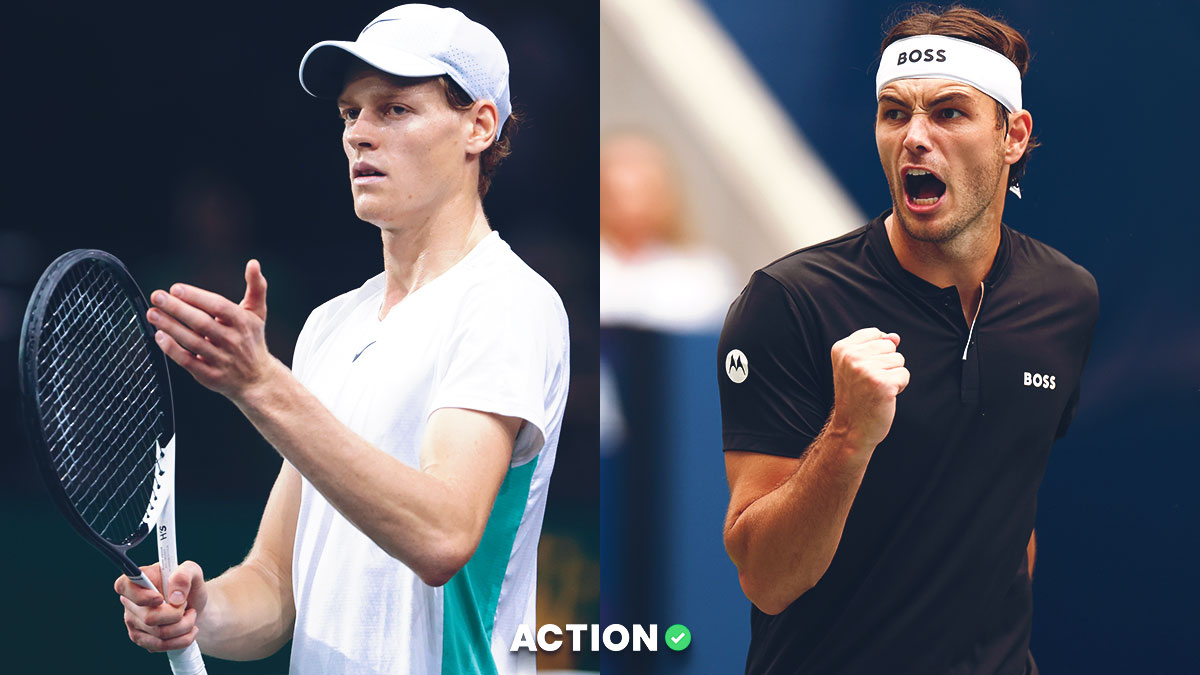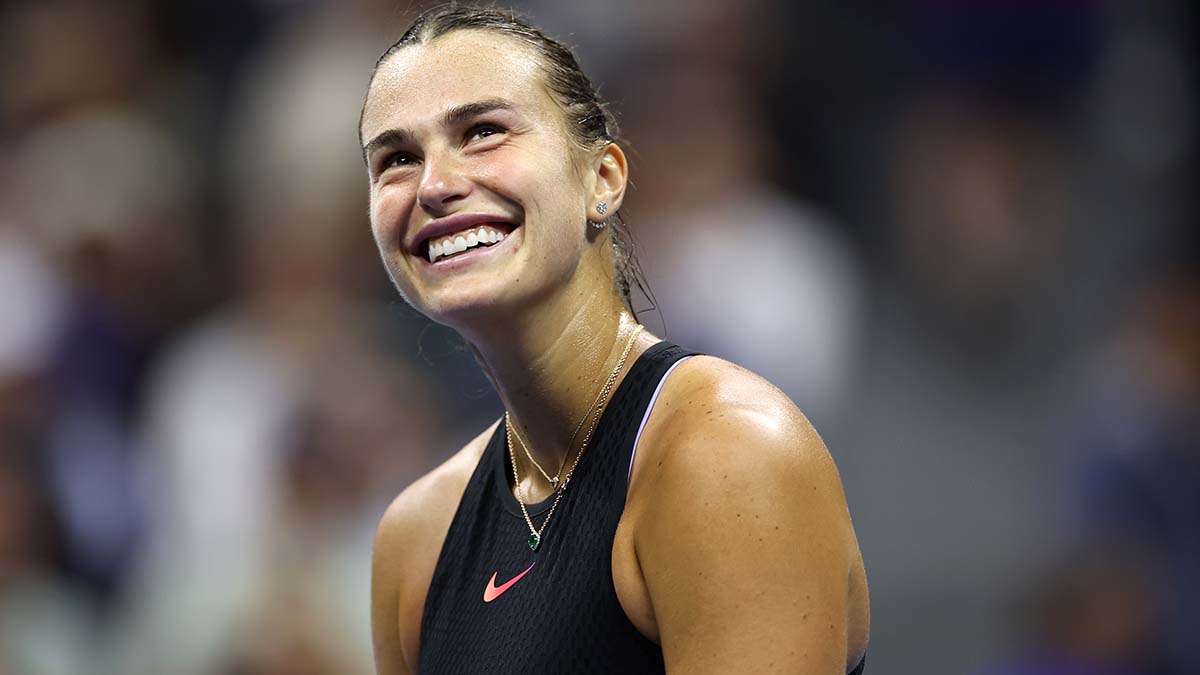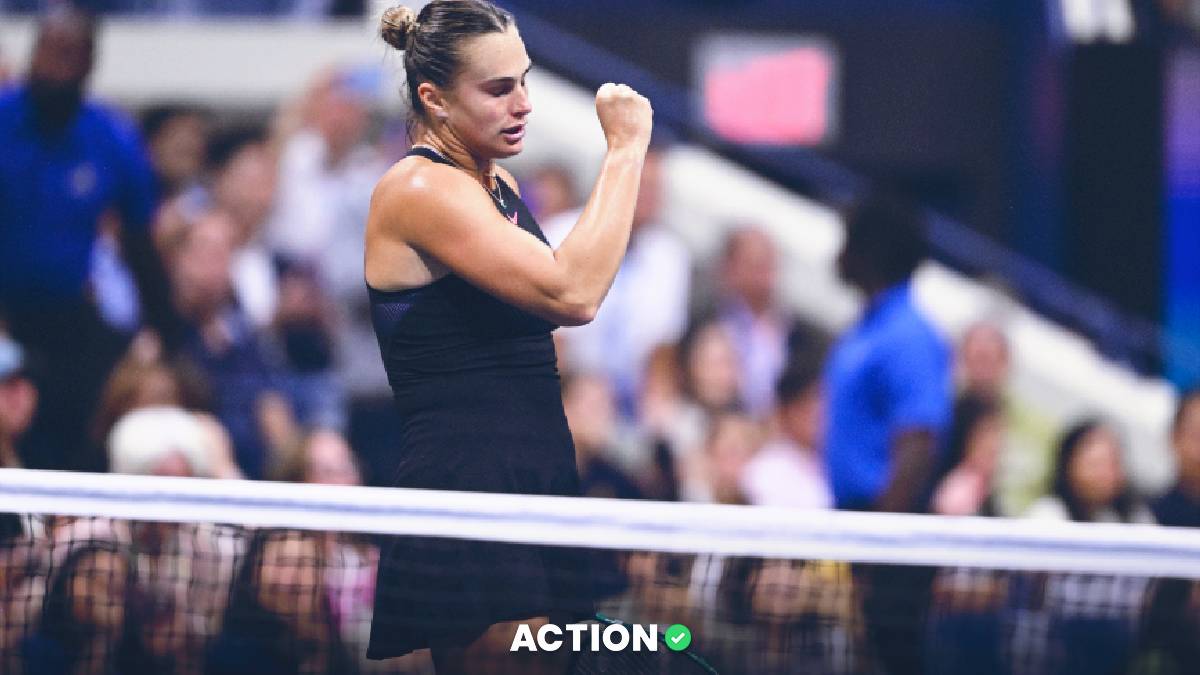Wimbledon has arrived and players are set to take on the grass with a Grand Slam title in sight!
2023 champion Elena Rybakina is in the mix, but she certainly has her work cut out for her in this year's edition of The Championships.
So, how should you consider outright selections for this year's tournament? Who are some other options to lift the winner’s trophy? Read on for my futures and bets for the 2023 Wimbledon women’s field.
Note: All odds came from PointsBet. Read here for tips on viewing tennis matches. The full women’s draw can be found here.
Wimbledon Odds & Futures Picks
Outright: Iga Swiatek (+300)
While I certainly didn't expect to have Swiatek on this list, as she is just 12-6 on grass for her career and had a tough loss to Cornet at Wimbledon last season, the draw has created an opportunity for her to find her footing and go deep in the tournament.
The World No. 1, who just won Roland Garros, has a dynamic game. She places her serve successfully, has a powerful, heavy forehand and can hit her targets from the backhand wing as well. Swiatek moves well and counterpunches effectively.
There are problems that come for her on grass, however. Her heavy groundstrokes don't do as much damage on low-bouncing surface and opponents are able to rush Swiatek from the baseline, overpowering the Pole at times. Swiatek's physicality also doesn't go as far on grass and she can struggle with balls out of her strike zone.
With that said, Swiatek has still won two-thirds of her matches on grass so far and she can use her draw to work out the kinks in her game and gain confidence on the surface.
Swiatek starts out with Lin Zhu, who made the semifinals of WTA Birmingham earlier this grass-court season. With that said, Zhu is still just 15-24 on grass as a professional and she doesn't have the power nor variety to make Swiatek uncomfortable.
The Pole will then play the winner of Martina Trevisan and Sara Sorribes Tormo, two clay-courters that Swiatek should be able to push around from the baseline and who much-prefer slower surfaces.
In the third round, she would likely face No. 30 seed Petra Martic or Harriet Dart. Martic has a nasty backhand slice that is effective on grass and is 33-24 on grass in her career, but Swiatek wouldn't give her the time to properly produce her backhand slice and Martic's forehand can sit up on grass.
Dart would have the British crowd on her side and is very solid from the baseline, but she doesn't have the weapons to seriously trouble Swiatek.
In the round of 16, Swiatek would likely play No. 14 seed Belinda Bencic or No. 23 seed Magda Linette. Bencic, while historically strong on grass, hasn't played since the French Open. Linette has just a 28-32 career-record on grass, struggling in the quick, low-bouncing conditions.
Swiatek would probably play the quarterfinals against No. 7 seed Coco Gauff or No. 11 seed Daria Kasatkina. Swiatek leads the head-to-head 7-0 against Gauff, having won all 14 sets. She leads the head to head 5-1 over Kasatkina, having won the last 10 sets between the two.
With a draw like that, suddenly, +300 looks much more enticing on a Swiatek outright. And knowing that the vast majority of the tough grass-court contenders are all in the other half and won't be Swiatek's semifinal opponent, the draw couldn't have gone better for the Pole.
Outright: Veronika Kudermetova (+3300)
Another player whose draw shapes up well for her is Veronika Kudermetova. Kudermetova made the final of Rosmalen this grass-court season and also defeated Aryna Sabalenka in Berlin. The Russian is 24-14 overall on the grass.
Kudermetova's placement on her serve is world-class and she's able to back it up with her heavy, powerful forehand. The Russian understands how to adapt her groundstrokes to the grass and playing aggressive tennis on the surface.
But, Kudermetova also does a great job of keeping rallies alive, absorbing pace and counterpunching on the surface. It's clear that she's comfortable with grass-court movement too.
The draw sets up for Kudermetova well. For starters, she's in Swiatek's half of the draw, which is much easier than the other half.
In the first round, Kudermetova has a potentially-dangerous matchup with Kaia Kanepi, but given that Kanepi hasn't played a single grass-court event this season and has been playing clay ITF's instead, it's hard to consider the Estonian a threat in that match.
Next for Kudermetova would be a showdown with Marketa Vondrousova. While Vondrousova is a formidable opponent on slower surfaces, she has just a 7-12 career-record on grass, with her heavy forehand not doing as much damage and she's less consistent on the surface. Vondrousova has played just three matches on grass this season, as well.
In the third round, Kudermetova will likely face Donna Vekic. While Vekic did make the Berlin final, this is a bad matchup for the Croat. Kudermetova absorbs Vekic's pace well, can extend rallies, and then has the offensive capabilities to turn points around. She's won her last six sets against Vekic, including winning both of last season's matchups in straight sets.
In the round of 16, Kudermetova should take on either No. 32 seed Marie Bouzkova or No. 5 seed Caroline Garcia. As was the case earlier this season in Rome, Kudermetova should dictate baseline play against Bouzkova, with the Czech not having enough offense to push Kudermetova off the baseline.
Her serve is big enough that Garcia's hyper-aggressive return positioning shouldn't work. In addition, Garcia's rally tolerance has been suspect this season and Kudermetova should be able to get enough balls in play that Garcia should implode.
And, if it's the underpowered No. 5 seed Jessica Pegula in the quarterfinals waiting for Kudermetova, I certainly like the Russian's chances.
From there, especially given Swiatak's lack of grass pedigree, the sky is the limit for Kudermetova.
Leave: Jessica Pegula (+5000)
I typically have three outright selections and one to stay away from, but I want to only give outright selections when I see actual value. I do see two individuals I wouldn't touch with outright selections, one in each half. Let's start with the top half and Jessica Pegula.
Pegula is playing mediocre tennis at the moment. In her last two grass matches against Camila Osorio and Coco Gauff, Pegula won won just 47% of her second-serve points. Against Gauff specifically, Pegula won just 50% of her total service points and was broken on five occasions.
She also looks underpowered from the baseline, struggling to hit through her opposition without losing her rally tolerance. Pegula has been tame, getting consistent depth but without doing much more. While Pegula's shots are flatter, they just lack pace.
So, while the American is the No. 4 seed and in the much more favorable half of the draw, even if she goes fairly deep, there's very little chance of her winning this tournament. On grass, she doesn't have the punch on her groundstrokes to hit through the top players that are more defensive players while also not quite having the defensive skills and grass-court acumen to handle the more aggressive players on the surface.
I will admit that Pegula has a good draw, but given her mediocre level of play and lack of grass-court success, you should stay far away from the American when looking at outright selections.
Leave: Elena Rybakina (+550)
Last year's defending champion, Elena Rybakina, has her physical condition in question. Since the French Open, Rybakina has had to deal with a long-term virus that has derailed her grass-court season.
Rybakina hasn't looked like herself throughout the grass-court season, playing just one tournament in Berlin and losing in the round of 16 to Donna Vekic. Against Vekic, Rybakina won just 11 return points in the final two sets combined, lacking the rally tolerance and control over her groundstrokes that she had on grass last season.
She was also spotted playing a practice set against Sabalenka and her form in that match was certainly questionable.
The Kazakh's draw is doing her no favors. Rybakina is in the toughest half of the draw and the most-stacked quarter of that half, alongside Ons Jabeur (former finalist), Karolina Pliskova (former finalist), Petra Kvitova (two-time champion) and Jelena Ostapenko (this year's Birmingham champion and three-time WTA grass finalist).
There are also plenty of other dangerous grass floaters in this quarter, as well, such as Beatriz Haddad Maia, Alize Cornet, Magdalena Frech, Aliaksandra Sasnovich, Yulia Putintseva, Tatjana Maria and Katie Boulter.
Rybakina would have to potentially play Cornet in the second round, Boulter in the third round, Haddad Maia or Ostapenko in the round of 16, and Jabeur, Pliskova or Kvitova in the quarterfinals. And all of this just to play Sabalenka in the semifinals. That's a brutal road to the final, even if the injury concerns weren't an issue.
As she showcased last season, Rybakina can overpower her opposition with huge serves and massive groundstrokes, particularly her forehand. But, the Kazakh plays lower-margin tennis so if she's a little off her game, everything can crumble down.
But, while it might be tempting to include Rybakina as an outright selection for this year's Wimbledon based on last year's success, the circumstances are not favorable for another title run.


